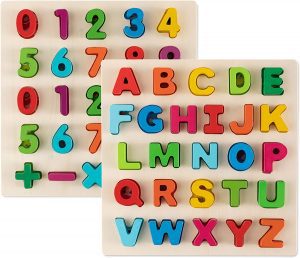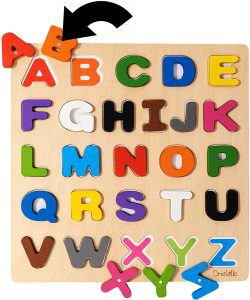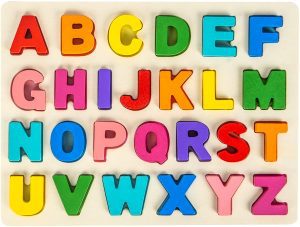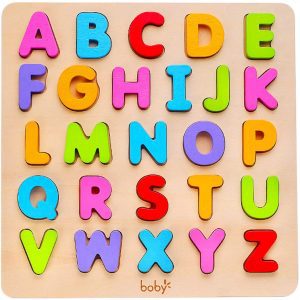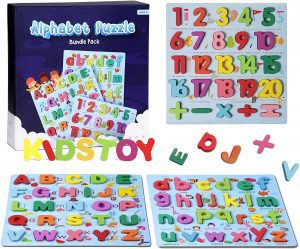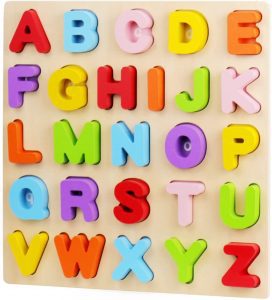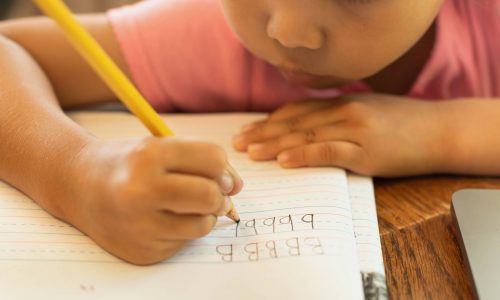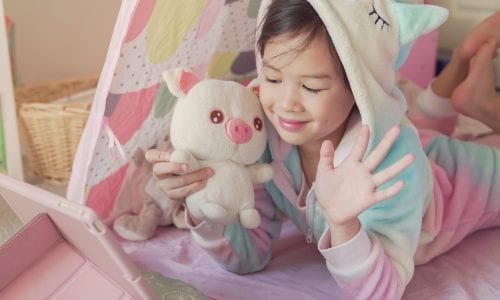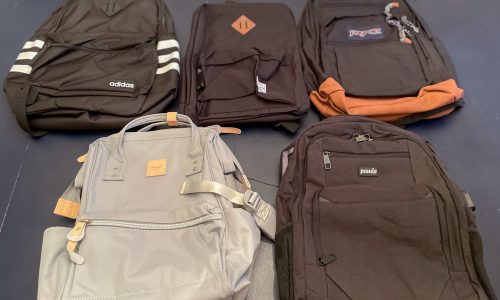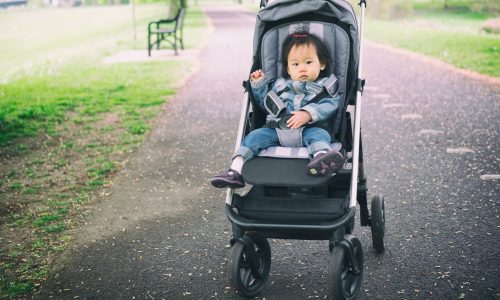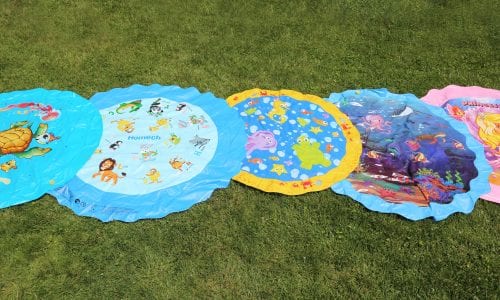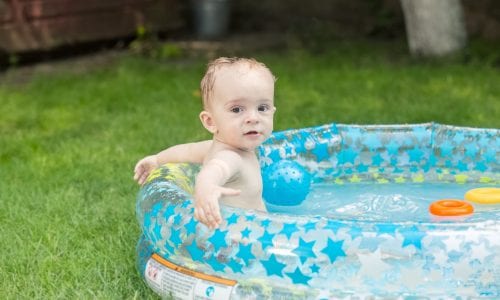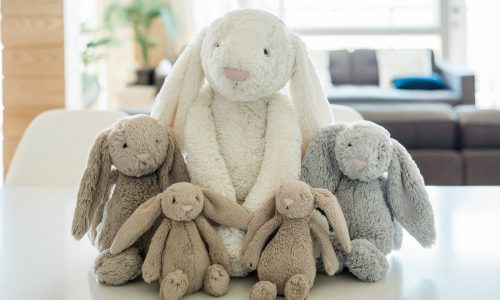The Best ABC Puzzles For 2-Year-Old Toddlers
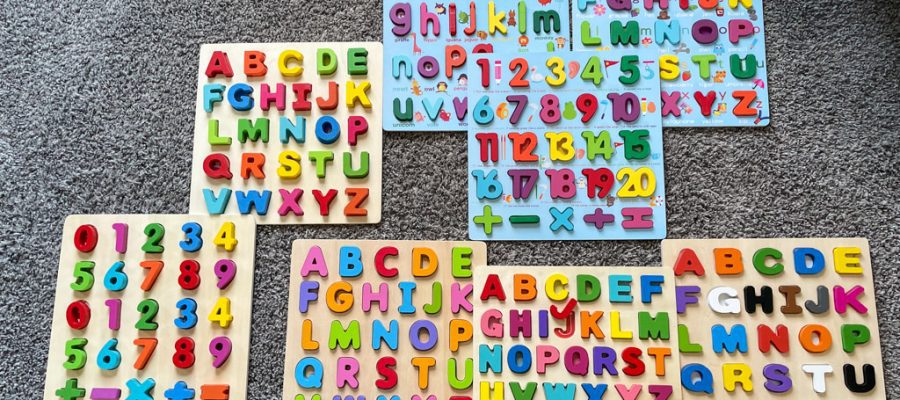
Our Review Process
Don't Waste Your Money is focused on helping you make the best purchasing decision. Our team of experts spends hundreds of hours analyzing, testing, and researching products so you don't have to. Learn more.
Our Picks For The Top ABC Puzzles For 2-Year-Old Toddlers
- 1. Toy To Enjoy Numbers & Uppercase ABC Puzzles For 2-Year-Old Toddlers, 2-Pack
- 2. Driddle Magnetic Sort & Match ABC Puzzles For 2-Year-Old Toddlers
- 3. Attmu Wooden Water-Based Paint ABC Puzzles For 2-Year-Old Toddlers
- 4. boby Lightweight Wood Board & Letters ABC Puzzles For 2-Year-Old Toddlers
- 5. Hello World Traders Chunky Pieces Letters & Numbers ABC Puzzles For 2-Year-Old Toddlers, 3-Pack
- 6. WOOD CITY Uppercase & Lowercase ABC Puzzle For 2-Year-Old Toddlers
Made from quality plywood and paint, this 2-puzzle set will help your little ones learn both letters and numbers. The pieces are designed to be easy for little fingers to grasp, and pictures and words under the letters help children develop pre-reading skills.
Help With LearningPictures underneath each easy-to-grasp letter help reinforce what your little one is learning.
Bright colors and a simple, straightforward design make this an ideal educational tool. You'll get your ABCs in 13 different colors that match the ones on the board, allowing learning in multiple ways. All pieces are magnetic, making it even more fun and portable.
Storage FriendlyEach piece in this puzzle set is magnetic, so you'll lose fewer of the alphabet letters during play.
This set gives you high-quality wooden pieces using water-based paint. Recommended for children between the ages of 1-4, the 26-piece puzzle offers a different uppercase wood block for each letter, with bright matching colors to help with retention.
Smooth SurfaceThe wood of this puzzle is smooth and rounded to improve the sensory experience.
With a child-friendly design that makes letters easy to grasp, this puzzle is ideal for ages up to 3 years. It's made from natural wood, with a lightweight build. You can also purchase a separate but matching puzzle that helps toddlers learn their numbers.
Portable DesignThe lightweight, sturdy build makes this an ideal wooden puzzle to take on the go with you.
Buying Guide
Early childhood literacy sets students up for success later in life. But if you have a toddler, you might be wondering when your child should know the alphabet.
MORE: The Best Toddler Puzzles
The National Center for Education Statistics says that two out of three entering kindergarteners already recognize the letters of the alphabet in upper or lower cases. So, while kids once learned their letters in elementary school, that focus has now shifted to preschool.
Parents don’t have to rely on a preschool teacher for alphabet education, though. You can start introducing children to reading concepts anytime. There are plenty of tools on the market that can help kids learn letters and numbers, starting as young as birth. For infants and younger toddlers, these fun toys and puzzles can create a foundation that they can build on for many years. They may not be ready to learn actual letters yet, but you can make them understand how much books, stories, rhymes and songs — which all depend on letters — can be. This helps prepare them for what’s coming.
Toys for younger children do need to address some normal developmental issues. Two-year-olds still tend to put everything in their mouths first, so you’ll need something with rounded edges and nontoxic paint to keep your toddler safe. Durability is also a concern. If your child chooses to throw the toy across the room, you’ll want to know that it will still work.
With toddlers, though, durability isn’t just about a toy having staying power. If paint starts to chip or pieces splinter, a toy can become a hazard to younger children. You want something that will hold up to safety standards even with the most rigorous use.
Wooden puzzles are a great learning option, providing both durability and utility. Many offer pieces for all 26 letters and cutout spaces to place them in, allowing for easy maneuvering and versatile play by children. They won’t even know they’re memorizing the order of the letters!
Some puzzles take learning to the next level. Look for a puzzle that has images to help the child associate the letter with certain words. D might have a dog pictured, for instance, while W has a whale. This correlation can help the child once it’s time to start spelling out words.
What to Look For
- Join in on your toddler’s play sessions to help your 2-year-old learn.
- Chunkier blocks can be awkward for small hands. Look for a puzzle with pieces that are toddler-friendly, sized to make it easy for your 2-year-old to grasp.
- While your little one is learning ABCs, why not teach numbers as well? You can find matching puzzles that help children learn how to count to 10.
- Bright colors not only make the puzzle more appealing, but they can also help with the learning process. If letters are color-coded, this can help young kids learn about letter patterns, like the differences between vowels and consonants.
- Some puzzles have pictures to enhance learning. These are usually found on the board itself, either in the slot where the letter goes, on the board surrounding the slot or both.
- Keeping track of letters in a 26-piece puzzle can be challenging. Some come with magnets that will reduce the risk of loss. This also helps hold everything in place while you’re storing the puzzle between uses.
- If you ever plan to pack your puzzle up and take it on the road with you, look for one that’s not only magnetic but also lightweight. Some can be heavy and bulky to carry around. You might also want to invest in a small bag to store it in for road trips.
- You can reinforce what your toddler has learned from puzzles by reading aloud and referring to each letter. There are also chapter books that help with teaching the alphabet and counting.
More to Explore
If you live in an English-speaking country, chances are that at some point you were taught the alphabet using what’s known as “The ABC Song.” Set to Wolfgang Amadeus Mozart’s variation of the 1700s’ tune from the French called “Ah! Vous dirai-je, Maman,” which was also used for Jane Taylor’s “Twinkle Twinkle Little Star,” this particular earworm has been around almost two centuries now, teaching numerous generations the order of the alphabet.
“The ABC Song” was conceptualized by American publisher Charles Bradlee, who copyrighted the tune in 1835. The original title for the song was “The A.B.C., a German air with variations for the flute with an easy accompaniment for the piano forte,” so it’s no wonder you’ve probably never heard it referred to by name.

